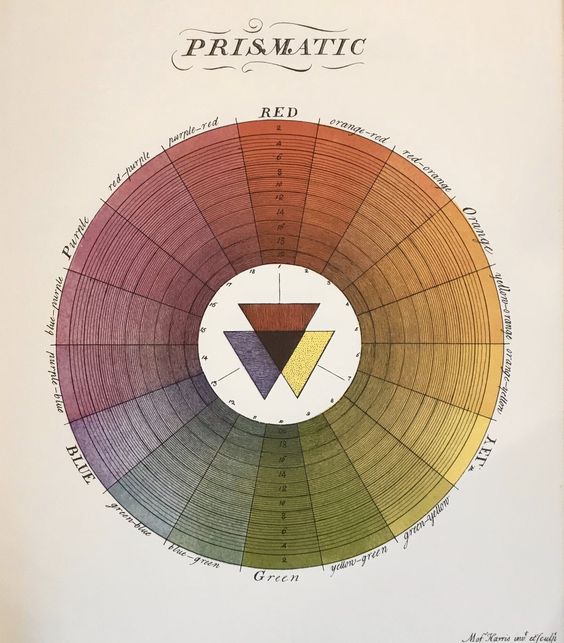|
Muscina Prolapsa
''Muscina prolapsa'' is a species of fly from the family Muscidae Muscidae are a family of flies found in the superfamily Muscoidea. Muscidae, some of which are commonly known as house flies or stable flies due to their synanthropy, are worldwide in distribution and contain almost 4,000 described species i .... References Muscidae Diptera of Europe Insects described in 1780 {{Muscidae-stub ... [...More Info...] [...Related Items...] OR: [Wikipedia] [Google] [Baidu] |
Moses Harris
Moses Harris (15 April 1730 – 1787) was an English entomologist and engraver. Life and work Harris was encouraged in entomology from a young age by his uncle, a member of the Society of the Aurelians. In 1762 he became secretary of a second Society of Aurelians. He was a skilled artist, displaying some of his insect drawings at the Royal Academy in 1785. He drew and engraved illustrations for books including Dru Drury's ''Illustrations of Natural History'' (3 volumes, 1770–1782) and John Coakley Lettsom's ''The Naturalist's and Traveller's Companion'' (1772). Colour theory In "The Natural System of Colours" published in 1766, Harris discussed the multitude of colours that can be created using three "grand or principle" colours: red, yellow and blue. As a naturalist and an engraver, Harris focussed on the relationships between colours and how they are coded and created. He explained how three colours can be íntermixed, tinted and shaded to create 660 colours "materially ... [...More Info...] [...Related Items...] OR: [Wikipedia] [Google] [Baidu] |
Carl Fredrik Fallén
Carl Fredrik Fallén (born 22 September 1764 in Kristinehamn – 26 August 1830) was a Swedish botanist and entomologist. Fallén taught at the Lund University. He wrote ''Diptera Sueciae'' (1814–27). Fallén described very many species of Diptera and Hymenoptera"ITIS" Taxon authorFallen/ref> He was elected a member of the Royal Swedish Academy of Sciences in 1810. Publications May be incomplete *''Monographia cimicum Sveciae''. Hafniae Copenhagen 124 p. (180*''Specimen entomologicum novam Diptera disponendi methodum exhibens''. Berlingianus, Lundae Lund 26 p. (1810) *Försök att bestämma de i Sverige funne Flugarter, som kunna föras till Slägtet ''Tachina''. ''K. Sven. Vetenskapsakad. Handl.'' (2) 31: 253–87. (181*''Specimen Novam Hymenoptera Disponendi Methodum Exhibens''. Dissertation. Berling, Lund. pp. 1–41. 1 pl.(1813*Beskrifning öfver några i Sverige funna Vattenflugor (Hydromyzides). ''K. Sven. Vetenskapsakad. Handl.'' (3) 1: 240–57. (181*181 ... [...More Info...] [...Related Items...] OR: [Wikipedia] [Google] [Baidu] |
Family (biology)
Family ( la, familia, plural ') is one of the eight major hierarchical taxonomic ranks in Linnaean taxonomy. It is classified between order and genus. A family may be divided into subfamilies, which are intermediate ranks between the ranks of family and genus. The official family names are Latin in origin; however, popular names are often used: for example, walnut trees and hickory trees belong to the family Juglandaceae, but that family is commonly referred to as the "walnut family". What belongs to a family—or if a described family should be recognized at all—are proposed and determined by practicing taxonomists. There are no hard rules for describing or recognizing a family, but in plants, they can be characterized on the basis of both vegetative and reproductive features of plant species. Taxonomists often take different positions about descriptions, and there may be no broad consensus across the scientific community for some time. The publishing of new data and opini ... [...More Info...] [...Related Items...] OR: [Wikipedia] [Google] [Baidu] |
Muscidae
Muscidae are a family of flies found in the superfamily Muscoidea. Muscidae, some of which are commonly known as house flies or stable flies due to their synanthropy, are worldwide in distribution and contain almost 4,000 described species in over 100 genera. Most species are not synanthropic. Adults can be predatory, hematophagous, saprophagous, or feed on a number of types of plant and animal exudates. They can be attracted to various substances including sugar, sweat, tearand blood. Larvae occur in various habitats including decaying vegetation, dry and wet soil, nests of insects and birds, fresh water, and carrion. The Housefly, housefly, ''Musca domestica'', is the best known and most important species. Some, from the genera ''Hydrotaea'' and ''Muscina'', are involved in forensic case studies.aces the linkCluichí Identifying characteristics The antennae are three-segmented and aristate; vein Rs is two-branched, a frontal suture is present, and the calypters are we ... [...More Info...] [...Related Items...] OR: [Wikipedia] [Google] [Baidu] |
Diptera Of Europe
Flies are insects of the order Diptera, the name being derived from the Greek δι- ''di-'' "two", and πτερόν ''pteron'' "wing". Insects of this order use only a single pair of wings to fly, the hindwings having evolved into advanced mechanosensory organs known as halteres, which act as high-speed sensors of rotational movement and allow dipterans to perform advanced aerobatics. Diptera is a large order containing an estimated 1,000,000 species including horse-flies, crane flies, hoverflies and others, although only about 125,000 species have been described. Flies have a mobile head, with a pair of large compound eyes, and mouthparts designed for piercing and sucking (mosquitoes, black flies and robber flies), or for lapping and sucking in the other groups. Their wing arrangement gives them great maneuverability in flight, and claws and pads on their feet enable them to cling to smooth surfaces. Flies undergo complete metamorphosis; the eggs are often laid on the la ... [...More Info...] [...Related Items...] OR: [Wikipedia] [Google] [Baidu] |

_(10144905255).jpg)